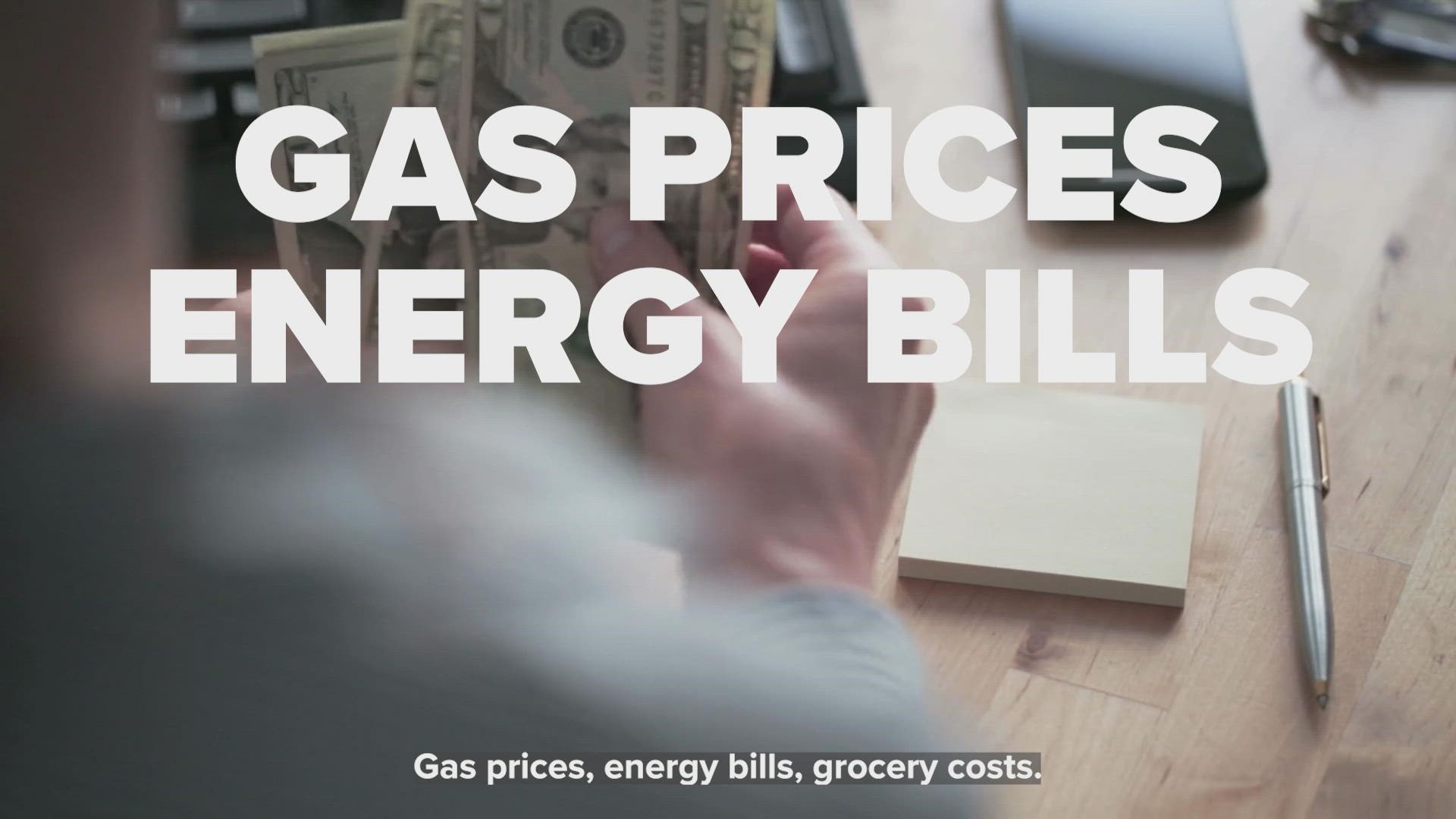Gas prices, energy bills, grocery costs: They’ve all been going up.
But why?
It’s all about supply and demand. As COVID-19 rates go down, more people want to get out of the house and spend money.
But as anyone who's frequented a grocery store or gone car shopping knows, manufacturers and suppliers are still struggling to reach pre-pandemic levels of production.
This disproportionate demand for too-few products leads to inflation.
What is inflation and why does it happen?
Inflation is calculated by the U.S. Bureau of Labor Statistics. Using extensive data, the bureau creates a metaphorical "basket" of everyday items that Americans purchase.
Then, analysts log the prices of the items in the basket.
Using a formula that takes into account factors like geographic area and variations between different retailers, the BLS calculates the average cost for the entire basket.
Then, it records the changes in the basket's cost over time. That measurement is called the consumer price index, or CPI.
CPI is widely used to measure inflation, or changes in the prices of goods and services over time.
The latest BLS data for September 2021 showed a CPI of 5.4% for all items as compared to last year.
That means that average expenses for most Americans increased in price by 5.4% since September 2020.
That's a significant increase when compared to years pasts, according to Dr. Jose Fernandez, Associate Professor and Chair of the Economics Department at University of Louisville.
"Typically we've been spoiled with having an inflation rate that's around 2% or even a little lower. So we haven't seen a big change in prices for a very long time," he said.
What does this mean for your budget? Well, if your wages aren’t increasing to keep pace with the additional costs, your income won’t stretch as far and it may be harder to afford day-to-day items.
Experts predict inflation rates will eventually go down, but it depends on a number of factors like how quickly manufacturers can increase supply.
In a press conference on Nov. 3, Federal Reserve Chair Jerome Powell said the Fed expects inflation to eventually subside once the pandemic is better controlled.
"Our baseline expectation is that supply bottlenecks and shortages will persist well into next year, and elevated inflation as well and that as the pandemic subsides, supply chain bottlenecks will abate and job growth will move back up and as that happens inflation will decline from today’s elevated levels," he said.
The Fed also has some untapped tools at its disposal, like the ability to raise interest rates, that could help curb demand and level out inflation.
Though things seem uncertain, Fernandez is hopeful supply and demand will eventually even out, pointing to the recession in the early 1980s when inflation levels reached the double-digits.
"While we're experiencing this increase in inflation, it's still not as high as it used to be, even in recent history. So I wouldn't hit the panic button just quite yet," he said.

